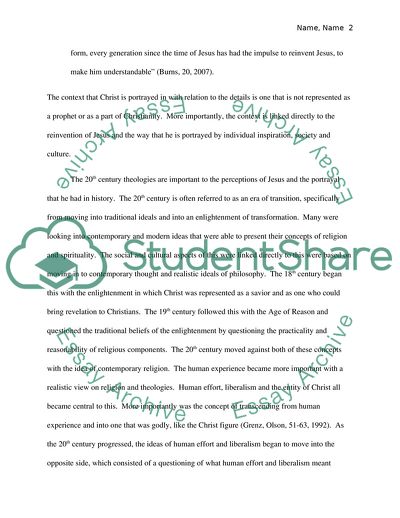Cite this document
(How is Jesus Christ Portrayed in 20th Century Art Research Paper, n.d.)
How is Jesus Christ Portrayed in 20th Century Art Research Paper. Retrieved from https://studentshare.org/religion-and-theology/1736538-how-is-jesus-christ-portrayed-in-20th-century-art
How is Jesus Christ Portrayed in 20th Century Art Research Paper. Retrieved from https://studentshare.org/religion-and-theology/1736538-how-is-jesus-christ-portrayed-in-20th-century-art
(How Is Jesus Christ Portrayed in 20th Century Art Research Paper)
How Is Jesus Christ Portrayed in 20th Century Art Research Paper. https://studentshare.org/religion-and-theology/1736538-how-is-jesus-christ-portrayed-in-20th-century-art.
How Is Jesus Christ Portrayed in 20th Century Art Research Paper. https://studentshare.org/religion-and-theology/1736538-how-is-jesus-christ-portrayed-in-20th-century-art.
“How Is Jesus Christ Portrayed in 20th Century Art Research Paper”. https://studentshare.org/religion-and-theology/1736538-how-is-jesus-christ-portrayed-in-20th-century-art.


